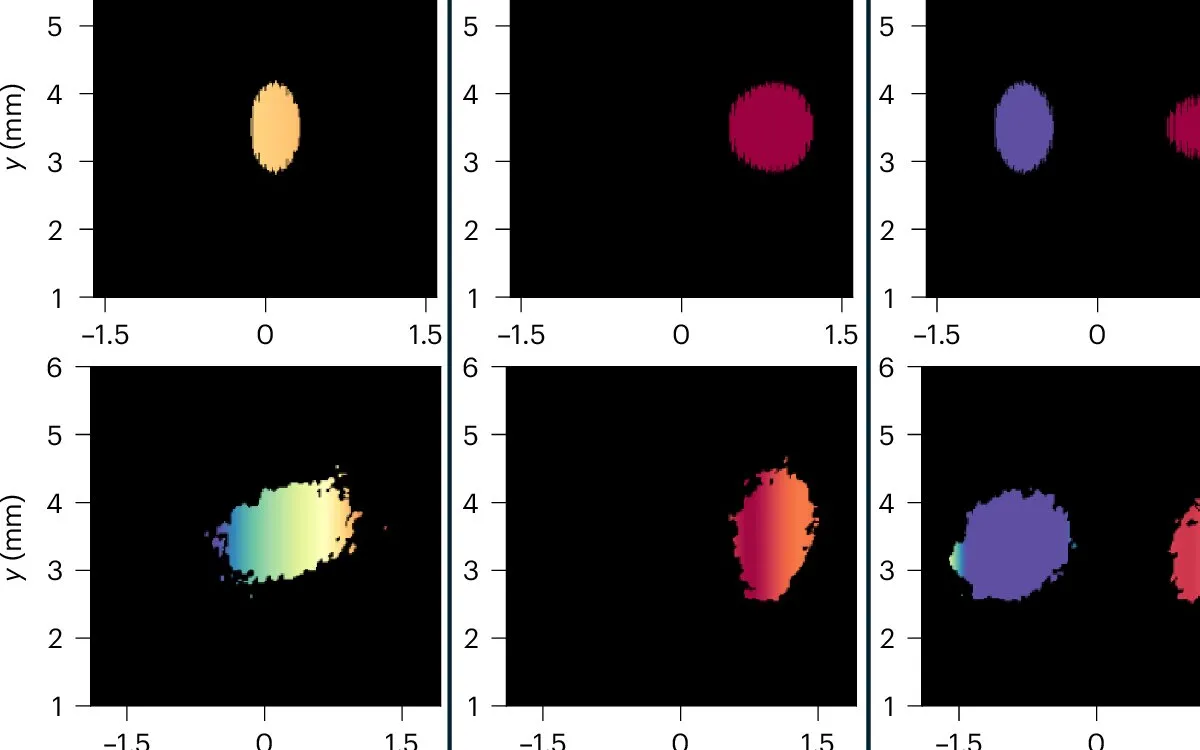
Researchers at Heriot-Watt University have made a groundbreaking discovery that could signal the start of a new era in photonic technology. For years, scientists have speculated about the potential of manipulating the optical properties of light by introducing a new dimension—time. This once-theoretical concept has now been realized, thanks to the efforts of nanophotonics experts from the School of Engineering and Physical Sciences in Edinburgh, Scotland.
The team's significant findings were published in the prestigious journal Nature Photonics, emerging from extensive experiments with transparent conducting oxides (TCOs). These unique materials, often utilized in everyday applications such as solar panels and touchscreens, can significantly alter the behavior of light as it travels through them, achieving remarkable speed changes. The TCOs can be fabricated into ultra-thin films, measuring just 250 nanometers (0.00025 mm)—smaller than the wavelength of visible light.
Under the leadership of Dr. Marcello Ferrera, an Associate Professor of Nanophotonics, the research team at Heriot-Watt, in collaboration with colleagues from Purdue University in the United States, successfully engineered the response of TCOs by exposing them to ultra-fast light pulses. The result was a temporally engineered layer that could simultaneously control the direction and energy of individual particles of light, known as photons. This achievement was previously deemed unattainable.
This discovery is poised to revolutionize how we process data, enabling speeds and volumes far beyond current capabilities. Dr. Ferrera emphasizes the potential impact on critical areas such as optical computing, artificial intelligence (AI), integrated quantum technologies, and ultra-fast physics. He explains, "By utilizing a nonlinear material to maximize optical bandwidth, companies can process vast amounts of information more efficiently." This advancement is expected to yield significant benefits for data centers and the development of AI technologies, laying the groundwork for new innovations that are yet to be fully understood.
Further discussing the future potential of this research, Dr. Ferrera states, "Society is increasingly thirsty for bandwidth. To create fully immersive 3D virtual meetings, we require extraordinary computational power and processing speeds that only ultra-fast all-optical components can provide." The material properties discovered in this study could dramatically enhance computational speeds, allowing for the management of larger data volumes while significantly reducing energy consumption.
Dr. Wallace Jaffray, a postdoctoral research associate, and Sven Stengel, a doctoral researcher, have collaborated with Dr. Ferrera on this cutting-edge research at Heriot-Watt University. The essence of their breakthrough lies in the ability to manipulate TCOs to control the speed at which photons travel. This newfound capability effectively introduces a fourth dimension, enabling extraordinary transformations of light, including amplification, the generation of quantum states, and novel forms of light control.
Dr. Ferrera elaborates, "The search for a material that can undergo rapid changes under low-energy illumination has been a pursuit in all-optical technologies since the advent of the laser. This new class of time-varying media represents a significant advancement toward the ideal optically controllable material, enabling a wide range of exciting effects that scientists globally are eager to explore."
Vladimir M. Shalaev, a Distinguished Professor of Electrical and Computer Engineering at Purdue University, who contributed to the research, states, "These low-index transparent conductors represent a true revolution in the field of integrated nonlinear optics, enabling effective and energy-efficient manipulation of optical signals on unprecedentedly short time scales." Alexandra Boltasseva, also a Distinguished Professor at Purdue, adds, "Our collaborative research demonstrates that with these materials, we can finally harness the variable of time to engineer the optical properties of compounds beyond the limitations of traditional fabrication processes."